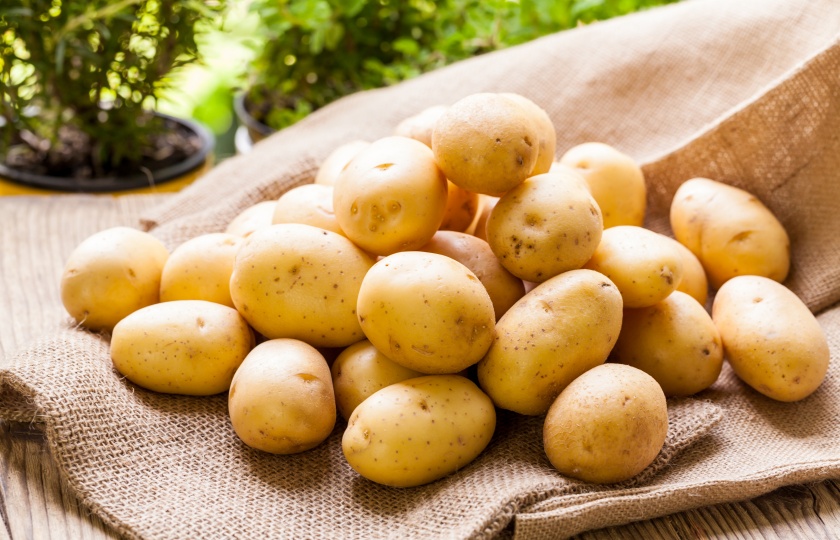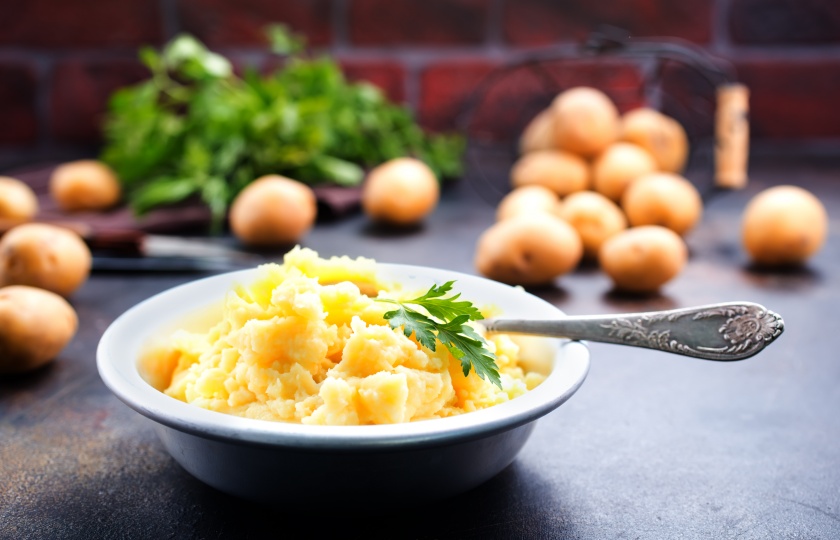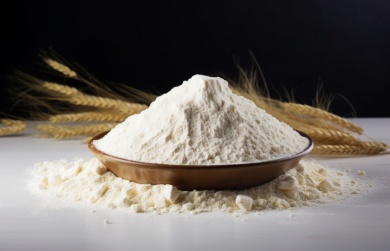Were Potatoes Originally Purple: The History Behind It

Potatoes come in many varieties, making them a common ingredient worldwide. But did you know that the earliest potatoes might have been purple? Let's dive into the origin of potatoes.
Are potatoes originally purple?
Potatoes weren’t originally all purple, but purple potatoes were definitely one of the first varieties. Potatoes are native to the Andes Mountains in South America, where they come in a variety of colors, including purple, red, yellow, and white.
Early wild potatoes included purple varieties, and the Incas were among the first to cultivate them. As potatoes spread, especially after being introduced to Europe, people began to selectively breed more white and yellow varieties, mainly to improve yield, disease resistance, and processing.
So while purple potatoes have been around since the beginning, the white and yellow varieties we commonly see today are the result of later breeding.
Are purple sweet potatoes a variety of regular potatoes?
Purple sweet potatoes and regular potatoes are two entirely different plants. Regular potatoes belong to the nightshade family, while purple sweet potatoes are part of the morning glory family. Despite the similar names, they are botanically quite different.
Purple sweet potatoes taste sweeter than regular potatoes, with a firmer texture and a distinct flavor. They are also rich in anthocyanins, a powerful natural antioxidant that not only enhances their nutritional value but also gives them their unique purple color.
While purple sweet potatoes and regular potatoes may look alike, their nutritional content and taste are quite different, making them suitable for different cooking needs. If you're looking to add some sweetness or boost nutrition, purple sweet potatoes are a great choice.

Is purple potato genetically modified?
Purple potatoes are not genetically modified. Most purple potato varieties are cultivated through traditional breeding methods, and their color comes from natural anthocyanins, not genetic modification. These anthocyanins are natural antioxidants that enhance the potato's nutritional value.
While there are genetically modified potatoes in the market, aimed at improving disease resistance or extending shelf life, most purple potatoes are naturally grown without genetic modification.
So, if you buy purple potatoes, you can rest assured that they are usually grown naturally.
Why are most modern potatoes white or yellow?
This is mainly because they’ve been selectively bred over a long period of time to improve yield, disease resistance, and the consistency of flavor and texture.
In the beginning, the native varieties of potatoes in the Andes region came in various colors, including purple, red, and yellow.
But as potatoes were introduced to Europe and other parts of the world, farmers favored varieties that had thin skins, were easier to process, were suitable for large-scale farming, and had higher yields.

Are potatoes man-made or natural?
Potatoes are naturally occurring plants that were first discovered in the Andes Mountains of South America, where many wild potato species are found. Over thousands of years, potatoes have been shaped by natural selection and early human cultivation, gradually becoming more diverse.
Humans primarily played a role in cultivation and breeding. We selected varieties that were better suited to local environments, with higher yields and stronger disease resistance, making potatoes an essential part of daily diets today. While potatoes originated naturally, the common varieties we see now are largely the result of human breeding.
Is the potato we eat modified?
Most of the potatoes we eat are the result of selective breeding, not genetic modification.
Through selective breeding, farmers have cultivated many potato varieties that can adapt to different climates, have strong disease resistance, and yield high quantities. These potatoes are not only suitable for large-scale farming but also meet market demand.
Of course, some potato varieties have been genetically modified to improve disease resistance, extend shelf life, or enhance nutritional content.
However, genetic modification is not widespread, and most potatoes in the market are still developed through traditional breeding methods. So, the potatoes you buy are mostly not genetically modified.























